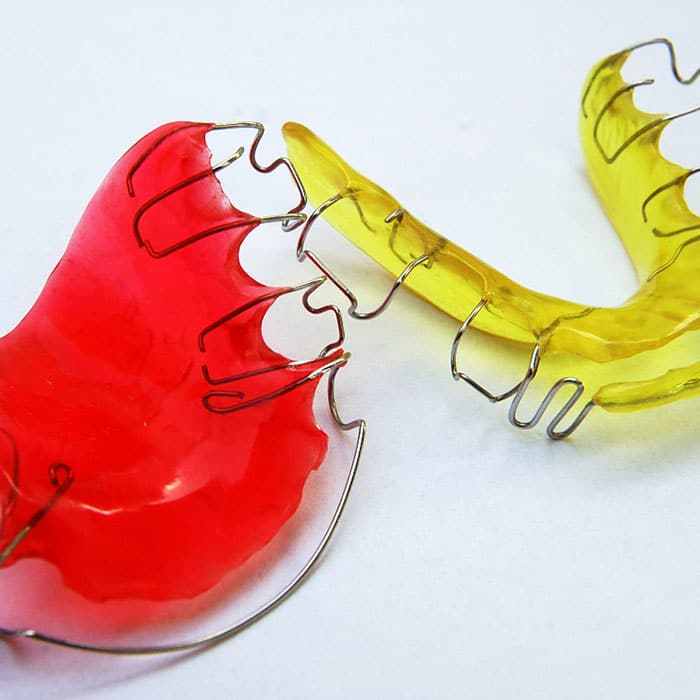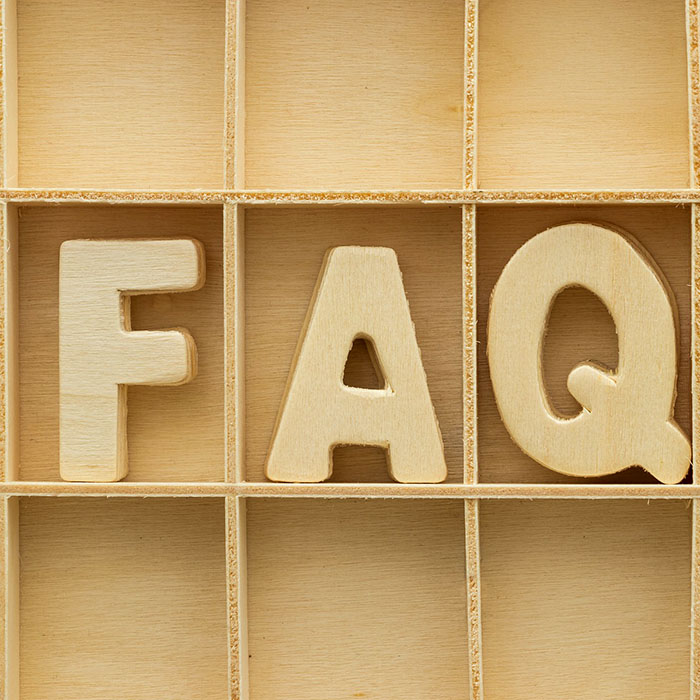BRACES OFF DAY will be here before you know it, and we’re just as excited to get there as you are, but keep in mind that it won’t be the end of your orthodontic treatment. It takes time for teeth to get used to their proper alignment, and the way we make sure they stay put is with retainers.
Keeping Retainers Clean
Retainers accumulate bacteria, plaque, and tartar while you wear them, just like teeth do, and that means they need regular cleaning, also just like teeth do. No one wants to wear a retainer that smells bad, tastes bad, is discolored, and is covered in gunk!
The cleaning process will vary a little depending on what type of retainer you have. If you have a removable retainer, rinse it in cool water and brush it at least once a day. If you have a bonded retainer, we know it can make flossing a little tricky, but it’s worth it. Tartar really likes to accumulate around a bonded retainer. Floss threaders or a water flosser can make this much easier.
Give Your Retainer the Occasional Deep Clean
Daily cleanings are important, but retainers need a more thorough cleaning every once in a while to stay in good condition. The hygienist can take care of that for a bonded retainer at your regular dental appointments, but you can clean a removable retainer at home, and it’s cheap and easy.
Either purchase special retainer-cleaning tablets or simply soak the retainer in a mixture of cool water and baking soda. Water and vinegar also work, or some hydrogen peroxide. Leave the retainer to soak for a few minutes, then rinse it and let it dry. However, make sure you never use hot water (which can warp the retainer) or harsh chemicals like bleach.
Storing a Retainer Between Uses
There’s a good chance you’ll only need to wear your retainer overnight, so what’s the best way to store it during the day? Keep in mind that harmful bacteria thrives in enclosed environments that are dark and damp, so it’s best to store a retainer somewhere dry and open to the air. (This applies to toothbrushes too.) There are some types of retainers that need to be soaked while not being worn, so check with us on the specific needs of your retainer.
Do Retainers Really Matter This Much?
Absolutely! We touched on this before, but the reason we need retainers after braces is that the supporting structures around our teeth aren’t immediately used to their new position when the braces come off. The jaw bone and periodontal ligament need time to finish adjusting. Patients who don’t bother to wear their retainers might end up needing braces again before long. Nobody wants that to happen.
Bring Us Your Retainer Questions
Whether you’re still in braces and want to be prepared or you’re already in the retention phase of treatment; whether your retainers are made of wire and acrylic or clear plastic, we want you to have all the information you need. The more you know, the easier it will be to maintain a great result for your smile!
Congratulations to every patient moving from braces to retainers!



